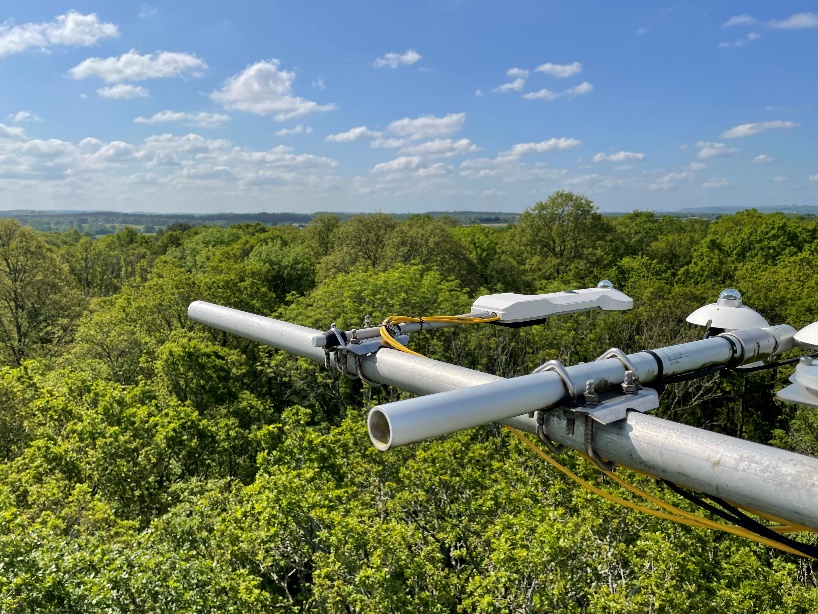An Introduction to Alice Holt Forest
Alice Holt forest, located in the South of England, about 60 kilometres southwest of London and close to the town of Farnham, is a 900-hectare block of commercially managed woodland. For many people this forest is a special place, attracting huge numbers of visitors every year who come to experience its beauty and fresh air. However, tucked away at the southern end of the forest, away from the visitor centre, café and Gruffalo trail is a natural forest lab of international importance.
The Straits Inclosure is a 90-hectare block of oak woodland which has been the focus of scientific and silvicultural research for over 100 years. That research continues to the present day, where scientist from Forest Research and other institutes, carry out a range of detailed environmental studies, including research into the carbon and greenhouse gas balance of the forest, and intensively monitoring the biodiversity, chemical and nutrient fluxes through the ecosystem. It is not surprising therefore, that the Straits Inclosure is considered by many to be a living forest lab.
My name is Dr Matt Wilkinson, and I have managed the long-term carbon dioxide flux experiment here for over 20 years. Through this experiment, we are gaining a better insight into the processes that control the uptake and release of carbon dioxide by an oak forest, and why there are such large variations between years.
My work uses a range of different techniques and measurements; from monitoring very fast changes (around twenty times per second) in the carbon dioxide concentration and vertical wind speeds above the forest canopy, to measuring the growth of the trees every five years. Many of our measurement systems use sensors connected to data loggers, which we can therefore leave running autonomously.
For example, a weather station at the top of our 26-meter tower measures the incoming light levels, air temperature, air humidity and rainfall every five seconds. Other parameters such as changes in soil moisture and temperature are measured at different depths. Collectively, these data enable us to build up the statistical and process models that we use to understand how changes to the environment and climate are likely to affect forests in the future.
This work is also helping us to better understand the role that trees and forests play in mitigating the harmful impacts of climate change by locking up carbon. In our new project, ‘Sensing the Forest’, those scientific data are being used in a very different way; by reinterpreting them through artistic and sound sculptures we hope to engage, enlighten and inform the public and other interested parties about key environmental issues, including global climate change in a way they may not have experienced before.
